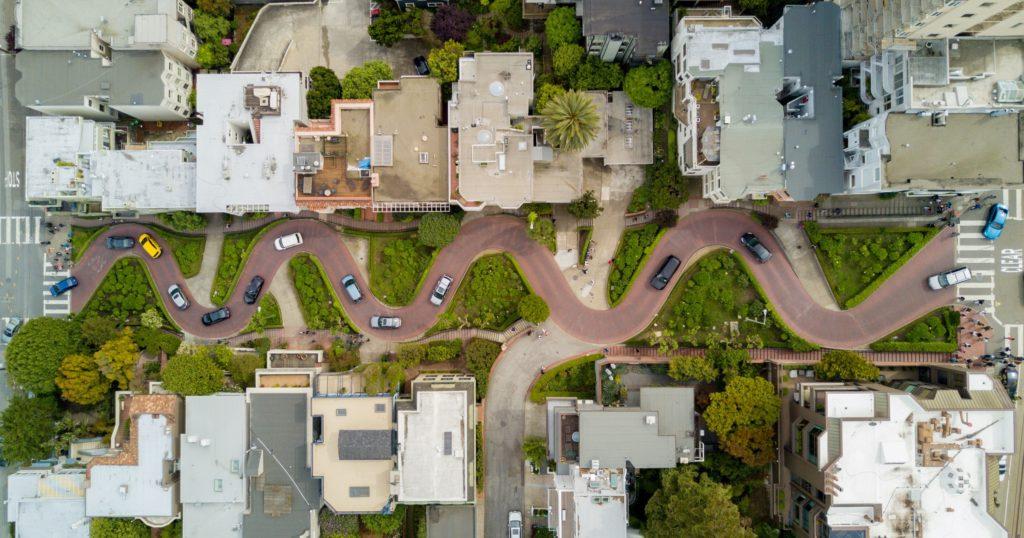The long, crooked attraction known as Lombard Street may not be free to visitors anymore as the San Francisco Transportation Authority met with residents on Jan. 30 to look for ways to ease traffic.
Lombard draws as many as 2.1 million visitors a year and is a popular tourist destination. But for many residents living near the singular street, the volume of visitors is becoming a concern, as traffic makes it harder to navigate the area.
In the summer of 2015, the San Francisco County Transportation Authority began the Lombard Street Reservations and Pricing Study, which sought to find ways to better manage visitor access to Lombard between Hyde and Leavenworth streets. Nearly 80 neighbors met with District 2 Supervisor Catherine Stefani at Yick Wo Elementary school Wednesday to discuss the ongoing issue.
Stefani said she supports charging visitors a fee if it’s considered carefully.
“I want to make sure if we implement [a visitor fee], we do it with a lot of support behind it,” she said. “These are real quality of life issues and I intend to address them.”
Lombard residents strongly supported regulating visitor traffic without disrupting life for locals in the neighborhood, according to the SFCTA fact sheet. The data also show a strong support for a reservation and pricing system.
“The reservation works to give people a time slot during which they can go down the street, and the pricing is designed to pay to keep that system going,” SFCTA spokesperson Eric Young said. “It would be kind of like a continuous revenue stream to keep that system in place.”
Barbara Bella, a longtime resident of Hyde Street, said she sees this as an issue that affects everyone, not just residents.
“The need to address this is a quality of life issue but it’s also a safety issue,” Bella said. “First responders can’t get anywhere in the neighborhood…so we really need enforcement so the residents can come and go.”
Bella believes the proposal to charge visitors seems promising, but does not think it will solve the problem entirely.
Stefani and her team are looking at two proposals outlined by the SFCTA, she said, but no decisions have been made on either proposition.







